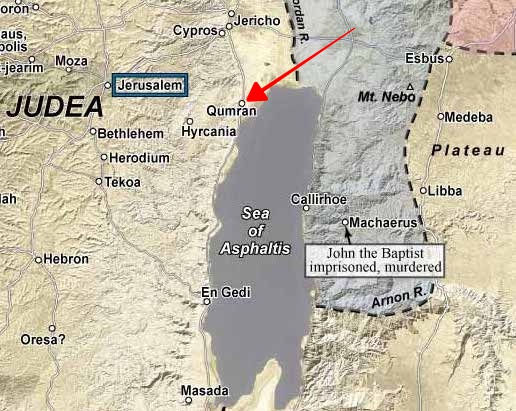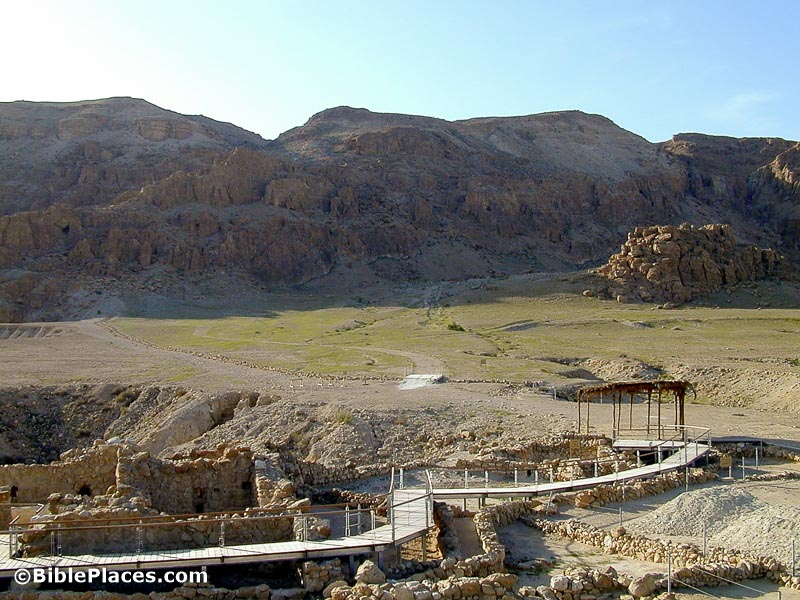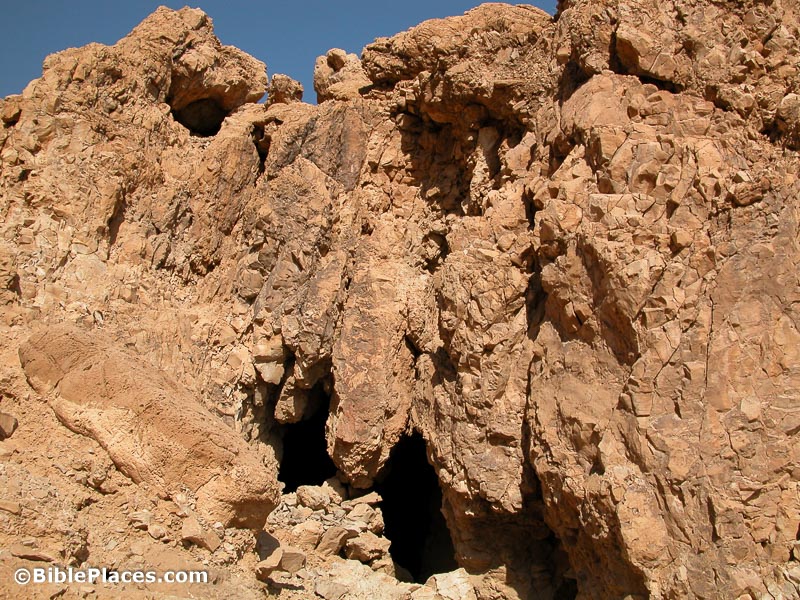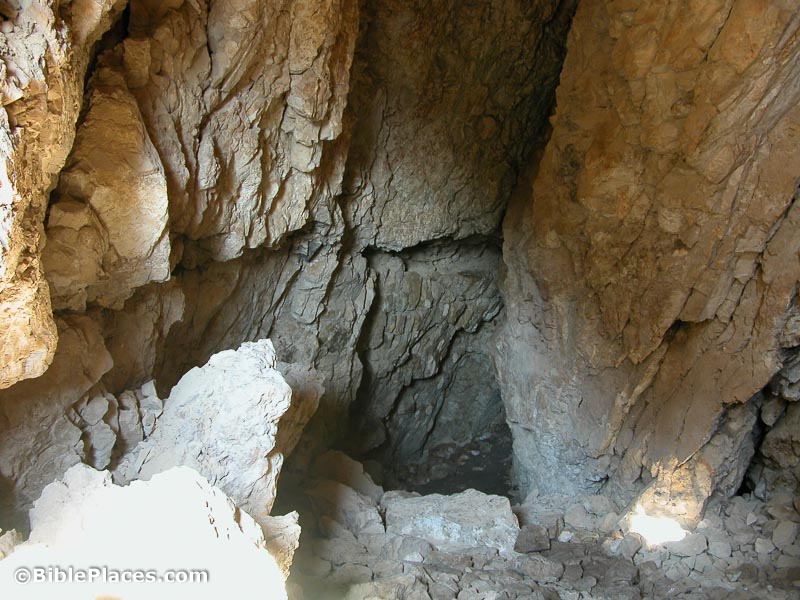David Gurevich considers the effects of re-dating Jerusalem’s Middle Bronze walls on our understanding of Jerusalem in the time of David and Solomon.
Why do the locals of Jerusalem dump their trash everywhere? Wayne Stiles suggests some reasons and makes an application to our lives.
Archaeologists have filed a petition against the Israel Antiquities Authority for its approval of the prayer platform below Robinson’s Arch.
Scientists are studying dust deposits in the Jordan Valley in order to understand changes in landscape and climate in antiquity.
If you’ve hiked the Israel Trail and the Jordan Trail, you might want to consider the Sinai Trail (especially if you are brave).
“Southwest Baptist University [in Bolivar, Missouri] is hosting the biblical archaeology exhibit
‘Khirbet el-Maqatir — A Journey through Biblical History’ through Dec. 8.”
If you want to dig at one of the most exciting excavations in Israel, you need to get your app in now!
John DeLancey shares a video of the quiet Capernaum shoreline and explains the significance of the location.
Tampa Bay Online runs an obituary for James F. Strange.
Congratulations to Seth Rodriquez on his appointment to the faculty of Colorado Christian University!
HT: Ted Weis, Charles Savelle, Joseph Lauer, Agade, A.D. Riddle




